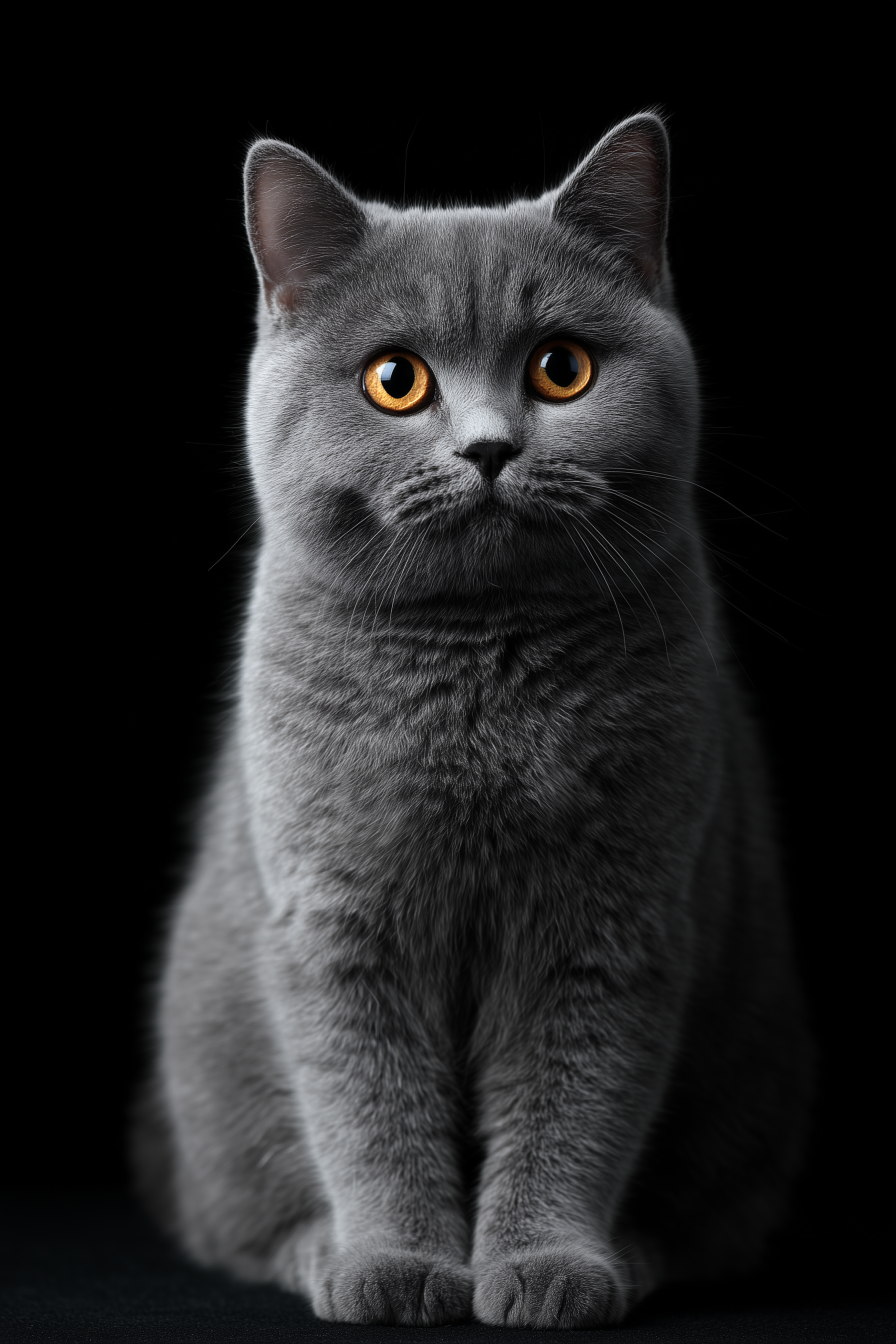
Russian Blue vs British Blue: How to Tell These Blue Cats Apart
At first glance, the Russian Blue and the British Blue (British Shorthair) look strikingly similar — both plush, both grayish-blue, and both beloved for their calm temperaments.
But these two breeds have completely different origins, body types, and personalities.
Whether you’ve seen a “Russian vs British Blue cat” debate online or you’re trying to decide which breed is right for your family, this detailed comparison explains every key difference — from coat texture to personality, size, and price.
👉 View Available British Shorthair Kittens | Imported European Golden British Shorthairs from Almonte Cats
Russian Blue Cat vs British Blue: Quick Overview
| Trait | British Blue (British Shorthair) | Russian Blue |
|---|---|---|
| Origin | Great Britain | Russia / Northern Europe |
| Coat | Short, dense, plush (“teddy bear” feel) | Short, silky, double coat with silver sheen |
| Eye Color | Copper, gold, or deep amber | Vivid green |
| Body Type | Stocky, broad-chested, heavy-boned | Slender, long-limbed, graceful |
| Average Male Weight | 14–17 lbs | 10–12 lbs |
| Average Female Weight | 8–13 lbs | 7–10 lbs |
| Head Shape | Round with full cheeks | Triangular, fine-boned face |
| Personality | Calm, confident, easygoing | Reserved, loyal, quiet |
| Allergy Friendly | No | Low-allergen (produces less Fel d 1 protein) |
| Average Lifespan | 12–18 years | 15–20 years |
Russian Blue vs British Blue: Origins and History
The British Shorthair — often referred to as the “British Blue” when blue-colored — is one of the oldest natural breeds in the world.
They descend from domestic cats of Great Britain, refined during the Victorian era into the plush, round cats we recognize today. Their blue coat became so iconic that “British Blue” became shorthand for the entire breed.
The Russian Blue, by contrast, originated in Arkhangelsk, Russia, and was brought to Europe in the late 1800s. These cats were valued for their sleek bodies and silvery-blue coats with a distinctive shimmer — traits that set them apart from the heavier British type.
Which Breed Is Older in History?
The British Shorthair is the older of the two breeds, with roots tracing back nearly 2,000 years to cats brought to Britain by Roman settlers.
They evolved naturally as working mousers across the British Isles and were later refined by breeders during the Victorian era.
By the late 1800s, the “British Blue” became one of the first cats officially exhibited in shows, making it one of the world’s oldest recognized pedigreed cats.
The Russian Blue, though ancient in origin, entered the Western show world later — around the mid-1800s, after being exported from Russia’s Arkhangelsk region.
It’s a historic breed with northern roots, but the British Shorthair’s documented lineage and early breeding programs make it the senior of the two.
Coat and Texture Differences
While both cats are “blue,” the texture and tone of their coats differ dramatically.
- British Blue Shorthair Coat:
The coat is thick, plush, and velvety — like soft velvet or dense wool. Each hair is evenly colored to the root, giving the cat a uniform matte gray-blue tone. - Russian Blue Coat:
The fur is fine, silky, and double-layered. Each hair tip is silvered, giving the coat a shimmering metallic glow under light. This reflective quality is one of the Russian Blue’s most defining traits.
Side by side, the British Blue appears denser and more solid, while the Russian Blue looks sleeker and sparkles when it moves.
Which Blue Cat Breed Has the Denser Coat?
The British Shorthair has the denser coat between the two.
Its fur stands away from the body, creating a plush, “teddy bear” texture caused by a thick undercoat and uniform guard hairs.
Each hair is rounder and heavier, giving the coat more volume per inch than almost any other shorthaired breed.
The Russian Blue coat, while soft and elegant, is finer in texture. It has a double coat with a silky underlayer and silver-tipped guard hairs that lie flat.
The result is a smooth, cool finish that feels luxurious but lacks the density of the British Shorthair’s wool-like structure.
If you want a cat that feels dense and plush, the British Shorthair is unmatched.
Eye Color: Copper vs Green
This is one of the easiest ways to tell them apart.
- British Shorthair Eyes:
Typically copper, gold, or amber, depending on coat color.
British Blues almost always have copper eyes, though Silver and Golden lines may have green. - Russian Blue Eyes:
Always vivid green. Kittens are born blue-eyed, shifting to bright emerald by 6 months.
Their luminous, almond-shaped eyes are framed by the breed’s delicate facial structure.
If you see a cat with round copper eyes, it’s almost certainly a British Blue.
If the eyes are slender, almond-shaped, and bright green, it’s a Russian Blue.
Body Type and Structure
The British Shorthair has a cobby build — meaning short, thick legs, a broad chest, and a round, sturdy frame. Males can reach up to 17 pounds of solid muscle and bone. Their head is wide, with full cheeks and a short, straight nose.
The Russian Blue, on the other hand, has a long, elegant silhouette. They’re lighter-boned, more flexible, and move with quiet grace. The head is wedge-shaped with a longer muzzle, and the body resembles that of a dancer — slim yet muscular.
Key Difference:
A British Blue looks like a plush teddy bear.
A Russian Blue looks like a sleek statue.
Personality Comparison: British Shorthair vs Russian Blue
Both breeds are calm and intelligent, but their temperaments differ in energy and social behavior.
British Shorthair Temperament
- Confident, affectionate, and gentle
- Adapts easily to children, dogs, and family routines
- Enjoys companionship but isn’t clingy
- Independent, yet loyal — “quietly present” in daily life
Russian Blue Temperament
- Reserved with strangers but deeply attached to one person
- Intelligent, sensitive, and quiet
- Prefers predictability and calm environments
- Very clean and self-grooming
If you want a relaxed, family-friendly cat, the British Shorthair fits perfectly.
If you prefer a sensitive, quiet companion that bonds closely, the Russian Blue may be ideal.
Which Cat Makes the Best Pet?
Both breeds make exceptional companions, but their personalities suit different households.
The British Shorthair is calm, confident, and adaptable.
It handles children, dogs, and changing schedules with ease and prefers to stay near family without demanding constant attention.
Its even temperament and low energy make it ideal for families, apartments, or multi-pet homes.
The Russian Blue is loyal, gentle, and highly intelligent but tends to bond closely with one person.
It thrives in quiet, stable environments and may be shy with strangers or new pets.
For busy homes, the British Shorthair fits best; for quieter owners seeking a deeply devoted companion, the Russian Blue is perfect.
Quick Comparison: Which Breed Fits Your Lifestyle Best
Both the Russian Blue and the British Shorthair make calm, affectionate companions, but their strengths differ.
If you’re optimizing for family life, adaptability, and appearance, the British Shorthair stands out.
If your priority is low shedding, quiet temperament, and personal loyalty, the Russian Blue excels.
Russian Blue vs British Shorthair Lifestyle Comparison
| Category | British Shorthair | Russian Blue |
|---|---|---|
| Best for Families | Excellent — tolerant with children and dogs | Good — prefers calm homes, shy with strangers |
| Coat Density | Extremely dense, plush double coat | Fine, silky double coat with silver tips |
| Shedding Level | Moderate year-round | Low; sheds lightly twice a year |
| Grooming Needs | Weekly brushing to control undercoat | Weekly light brushing; coat repels dirt |
| Energy Level | Low to moderate | Moderate; enjoys gentle daily play |
| Affection Level | Steady, undemanding love | Deeply loyal to one or two people |
| Allergy-Friendliness | Standard (not hypoallergenic) | Better — produces less Fel d 1 protein |
| Adaptability | Highly adaptable to noise, travel, or guests | Sensitive to change; prefers routine |
| Ideal Environment | Families, multi-pet homes, apartments | Quiet singles, couples, small households |
| Eye Color | Copper, gold, or amber | Vivid emerald green |
| Coat Appearance | Matte blue-gray, dense texture | Shimmering silver-blue finish |
| Body Type | Stocky, round, muscular | Slim, graceful, long-legged |
| Average Lifespan | 12–18 years | 15–20 years |
| Typical Kitten Price (U.S.) | $3,500 – $6,000 | $2,000 – $4,500 |
| Breed Registry Recognition | CFA / TICA / GCCF | CFA / TICA / GCCF |
| Temperament Summary | Confident, calm, affectionate | Gentle, loyal, reserved |
| Best Overall Companion For | Families, first-time cat owners | Quiet households, allergy-sensitive owners |
Size and Weight Comparison
| Breed | Male Weight | Female Weight | Build |
|---|---|---|---|
| British Shorthair | 14–17 lbs | 8–13 lbs | Stocky, compact |
| Russian Blue | 10–12 lbs | 7–10 lbs | Slender, elongated |
British Shorthairs are nearly 30–40% heavier than Russian Blues on average.
While both are medium-sized cats, the British Blue’s density and shorter limbs create a visibly bulkier outline.
Coat Color Comparison
| Feature | British Blue (Shorthair) | Russian Blue |
|---|---|---|
| Color Shade | Solid slate-gray blue | Pale silver-blue with sheen |
| Texture | Thick, plush, matte finish | Silky, double-layered, reflective |
| Hair Length | Short to medium | Short |
| Undercoat | Dense | Fine and soft |
| Color Consistency | Even to the root | Tipped with silver at ends |
British Blue vs British Shorthair: Are They the Same?
Yes — the “British Blue” is simply the blue-colored version of the British Shorthair breed.
The British Shorthair comes in many colors (blue, lilac, cream, golden, silver, black, and more), but the blue is the most recognized worldwide.
In short:
- British Shorthair = breed
- British Blue = color variety
All British Blues are British Shorthairs, but not all British Shorthairs are blue.
Russian vs British Blue Cat Personality Summary
| Trait | British Shorthair | Russian Blue |
|---|---|---|
| Energy Level | Low to Moderate | Moderate |
| Sociability | Friendly with families | Reserved, one-person cat |
| Playfulness | Calm but enjoys short play | Likes structured, gentle games |
| Noise Level | Quiet | Very quiet, soft voice |
| Adaptability | Highly adaptable | Dislikes sudden change |
| Affection | Steady, moderate | Deeply attached to one person |
British Shorthair Russian Blue Cat Mixes
Sometimes, people encounter cats that seem to blend both appearances — plush but slim, blue-coated but with green eyes.
These are often mixed-breed blue cats, or occasionally, British Shorthairs carrying silver ancestry that gives their eyes a green hue.
Purebred Russian Blues have pedigreed ancestry and distinct green eyes, while pure British Blues have copper eyes and heavier build.
If you’re unsure, check for registration through CFA or TICA and request pedigree documents.
Health and Lifespan
Both breeds are robust and long-lived.
- British Shorthair Lifespan: 12–18 years
- Russian Blue Lifespan: 15–20 years
The Russian Blue is sometimes noted for producing less Fel d 1 allergen, which may make it more tolerable for mild allergy sufferers, though it’s not hypoallergenic.
British Shorthairs, with their denser structure, may need portion control to avoid obesity — especially after age five.
Price Comparison: Russian Blue vs British Shorthair
| Breed | Average Kitten Price (USA) | Price Factors |
|---|---|---|
| British Shorthair | $3,500 – $6,000 | Pedigree, color rarity (golden/silver lines), breeder reputation |
| Russian Blue | $2,000 – $4,500 | Pedigree, eye color intensity, bloodline purity |
The British Blue tends to cost more due to its size, slower maturity, and longer breeding time.
Golden and silver variants of the British Shorthair can reach $6,500+, while Russian Blues remain slightly less expensive due to shorter breeding cycles.
How to Choose Between a Russian Blue and a British Shorthair
- Choose a British Shorthair if you want a calm, round-faced companion who fits effortlessly into family life and has a soft, plush coat.
- Choose a Russian Blue if you prefer a graceful, quiet, loyal cat that bonds deeply and stays close.
Both breeds are affectionate in their own way — the British Shorthair shows love through quiet companionship; the Russian Blue expresses devotion through loyalty and presence.
Pictures of Russian Blue and British Shorthair Cats
For your image gallery, include captions such as:
- Russian Blue cat vs British Blue side by side
- British Shorthair copper eyes vs Russian Blue green eyes
- Russian Blue body shape comparison
- British Blue kitten plush coat texture
Frequently Asked Questions: Russian Blue vs British Shorthair
1. Are Russian Blue and British Blue cats the same breed?
No. The Russian Blue is a separate breed that originated in northern Russia, while the British Blue is simply the blue-colored form of the British Shorthair breed. They share similar coat colors but have very different body shapes, eye colors, and temperaments.
2. Why are they both called “blue” cats?
“Blue” in cat terminology refers to a diluted black gene that produces a gray-blue coat. Both breeds carry this dilution gene, but the Russian Blue’s fur has silver tips that shimmer, while the British Blue’s coat is matte and dense. The shared word “blue” causes confusion, but it only describes color, not breed.
3. How can I tell a Russian Blue from a British Blue at first glance?
Look at the body type and eyes. British Blues are round, heavy, and plush with copper eyes. Russian Blues are slim, long-limbed, and have almond-shaped vivid green eyes. The Russian Blue’s face is triangular, while the British has full cheeks and a broad skull.
4. What eye color do Russian Blue cats have?
Russian Blues always have bright green eyes once mature. Kittens start with blue eyes that change around six months of age. Green eyes are a defining trait required in all breed standards.
5. What eye color do British Blues have?
Classic British Blues have copper or deep gold eyes, reflecting the high melanin level in their solid blue coat. Green eyes are only seen in golden or silver British Shorthairs, not in the blue line.
6. Why does the Russian Blue’s coat look shiny?
Each hair on a Russian Blue is tipped with silver, which reflects light and gives the coat a metallic sheen. Their double coat lies flat and silky, while the British Blue’s coat is thicker and stands upright, giving a matte plush look.
7. Which cat is larger?
The British Shorthair is heavier and broader. Males average 14–17 lbs, while Russian Blue males usually weigh 10–12 lbs. The British’s round bones and dense muscle make it appear almost twice as bulky.
8. Which has the softer coat?
Both feel luxurious but different. The British Blue coat is dense like soft velvet, whereas the Russian Blue coat feels cool and silky due to finer texture. The British coat has more undercoat; the Russian’s is smoother to the touch.
9. What personality differences stand out most?
British Shorthairs are calm, confident, and sociable. They enjoy family life and adapt well to other pets. Russian Blues are quiet, sensitive, and attach strongly to one person, often preferring peaceful households with routine.
10. Are Russian Blues good for allergy sufferers?
Yes, moderately. They produce less of the Fel d 1 protein, the main cat allergen, so some people tolerate them better. British Shorthairs produce normal levels, so they are not allergy-friendly.
11. Which cat is more affectionate?
The British Shorthair shows affection through steady companionship — following you but not demanding attention. The Russian Blue bonds intensely with one person and may shadow them quietly throughout the day. Both are loving in different ways.
12. Do they get along with dogs or children?
British Shorthairs generally do very well with both. Their patience and easygoing nature make them excellent family cats. Russian Blues can coexist with gentle dogs or calm children but dislike loud, unpredictable environments.
13. Which breed is easier to care for?
Both are low-maintenance shorthaired cats. The British Blue needs weekly brushing to remove loose undercoat, while the Russian Blue requires light grooming once a week. British Shorthairs need portion control to avoid weight gain.
14. Are Russian Blues more intelligent?
Both are intelligent, but in different ways. Russian Blues learn routines quickly and open doors or cupboards with ease. British Shorthairs are problem-solvers and excel at quiet observation. Each breed adapts differently to training.
15. Which breed is calmer?
The British Shorthair is calmer overall. They enjoy relaxing near people and rarely meow. Russian Blues are also quiet but more alert; sudden noises can startle them. Both suit apartment life.
16. Which cat is more playful?
Russian Blues are slightly more playful and agile, enjoying jumping and chasing toys. British Shorthairs prefer short, slow games before curling up to rest. Their energy levels decrease noticeably after maturity.
17. How long do Russian Blues and British Shorthairs live?
Russian Blues often live 15–20 years, while British Shorthairs average 12–18 years. Both are long-lived when kept indoors and fed a balanced diet.
18. Are Russian Blues or British Shorthairs rare?
Russian Blues are common worldwide but rarer than domestic shorthairs. British Shorthairs are abundant in Europe yet fewer in the United States, especially in golden or silver lines. The “British Blue” color remains the most recognized.
19. How much do Russian Blues and British Shorthairs cost?
In the U.S., Russian Blues usually cost $2,000–$4,500, depending on pedigree. British Shorthairs range $3,500–$6,000, with Golden and Silver lines at the top end. Breeder reputation and registration (CFA/TICA) affect price. See more about British Shorthair Cat Prices here.
20. Are either breed recognized by major cat registries?
Yes. Both breeds are fully recognized by CFA, TICA, and GCCF. Each registry enforces distinct standards for body type, color, and eye hue. The British Blue standard demands copper eyes; the Russian Blue standard requires green.
21. Do Russian Blues and British Shorthairs shed a lot?
Both shed moderately. British Shorthairs have denser fur and shed small tufts year-round. Russian Blues shed lightly and mostly during spring and fall. Regular brushing minimizes hair around the home.
22. Which breed adapts better to travel or moving?
British Shorthairs adapt better to change, including new homes or pet sitters. Russian Blues are sensitive to disruption and may hide or refuse food for a day until they feel secure again.
23. Can these two breeds interbreed?
They can physically, but responsible breeders never mix them. Crossbreeding blurs important traits such as coat texture and eye color. Ethical catteries maintain pure lines and register each breed separately.
24. Why do some cats look like both breeds?
Many domestic blue cats resemble both. A mixed-breed gray cat may have the British’s body with the Russian’s eye color. Without registration papers, coat density and eye hue are clues, but only pedigree verification confirms lineage.
25. Which breed is right for me?
Choose a British Shorthair if you want a relaxed, sturdy companion for families or busy households. Choose a Russian Blue if you prefer a loyal, gentle, low-allergen companion who thrives on quiet routines. Both bring elegance and affection, but their energy and social needs differ.
✅ Next Steps for Readers
- View Available British Shorthair Kittens
- See British Shorthairs with Green Eyes
- Learn About British Shorthair Size and Weight
- Apply for a British Shorthair Kitten from Almonte Cats
Sources & References
- CFA – Russian Blue full breed presentation: https://cfa.org/wp-content/uploads/2024/06/russian-blue-full-presentation.pdf The Cat Fanciers’ Association
- TICA – British Shorthair breed profile: https://tica.org/breed/british-shorthair/ TICA – The International Cat Association
- Catster – British Shorthair vs Russian Blue comparison: https://www.catster.com/cat-breeds/british-shorthair-vs-russian-blue-cat/ Catster
- A-Z Animals – British Shorthair vs Russian Blue differences: https://a-z-animals.com/pets/cats/cat-comparison/british-shorthair-vs-russian-blue-cat/ A-Z Animals
- Untamed – British Blue vs Russian Blue guide: https://untamed.com/blogs/cat-breeds/british-blue-vs-russian-blue-cat Untamed
- Times Pets – British Shorthair vs Russian Blue refined comparison: https://timespets.com/breed-comparisons/british-shorthair-vs-russian-blue-a-refined-comparison-for-cat-lovers/articleshow/121322684.html Times Pets
- Wikipedia – British Shorthair (overview and history): https://en.wikipedia.org/wiki/British_Shorthair Wikipedia
- Wikipedia – Russian Blue (overview, coat & eye colour details): https://en.wikipedia.org/wiki/Russian_Blue Wikipedia
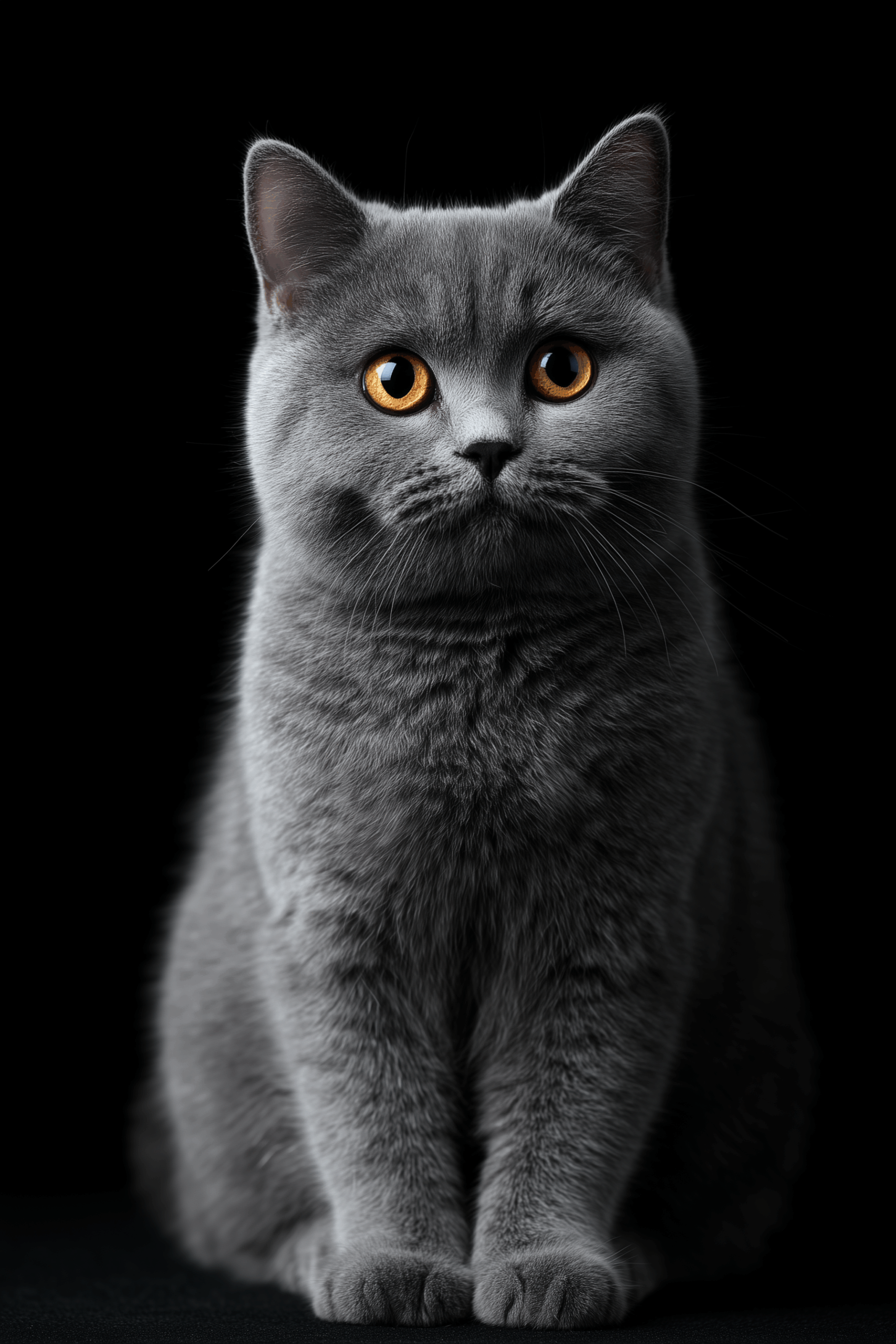
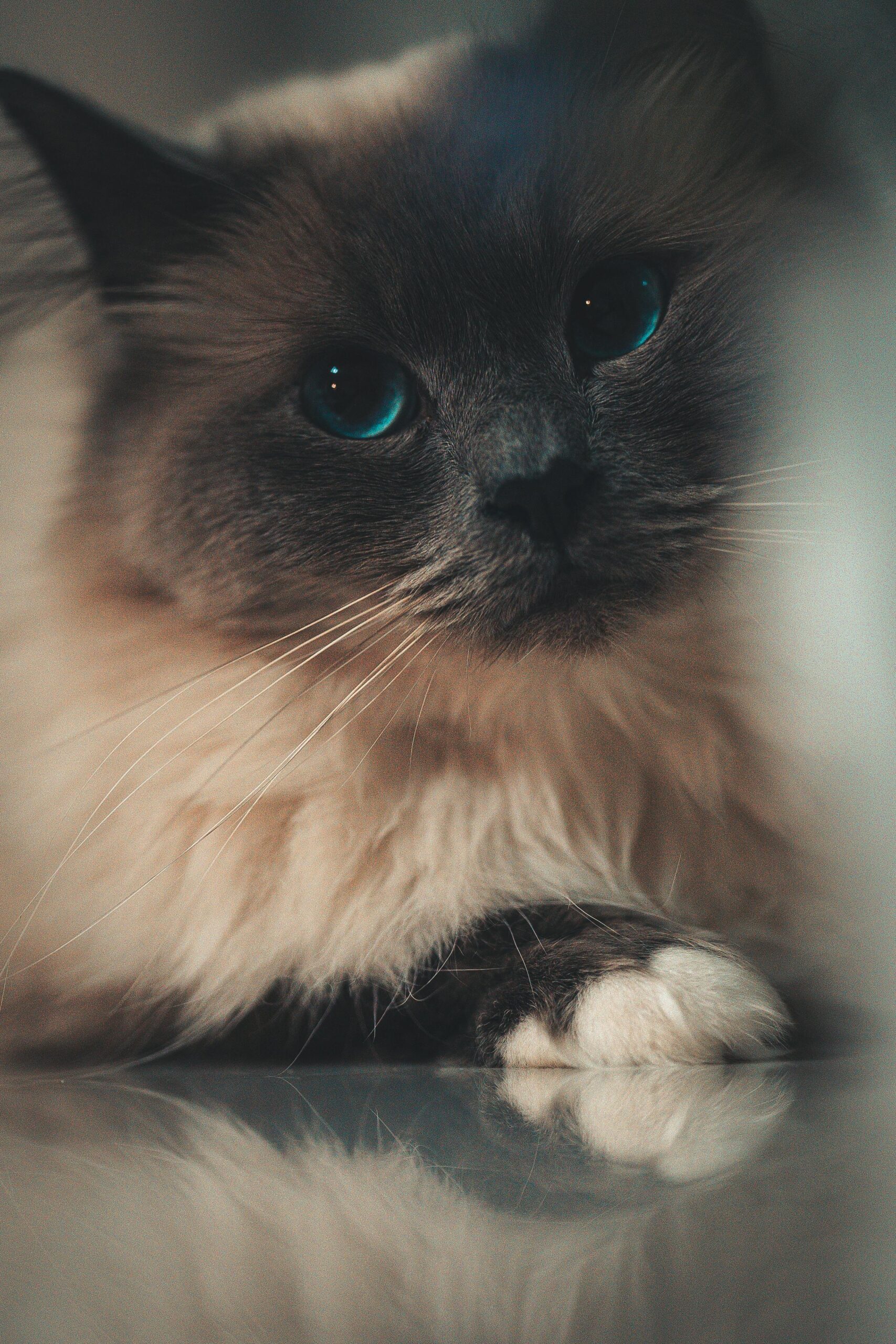

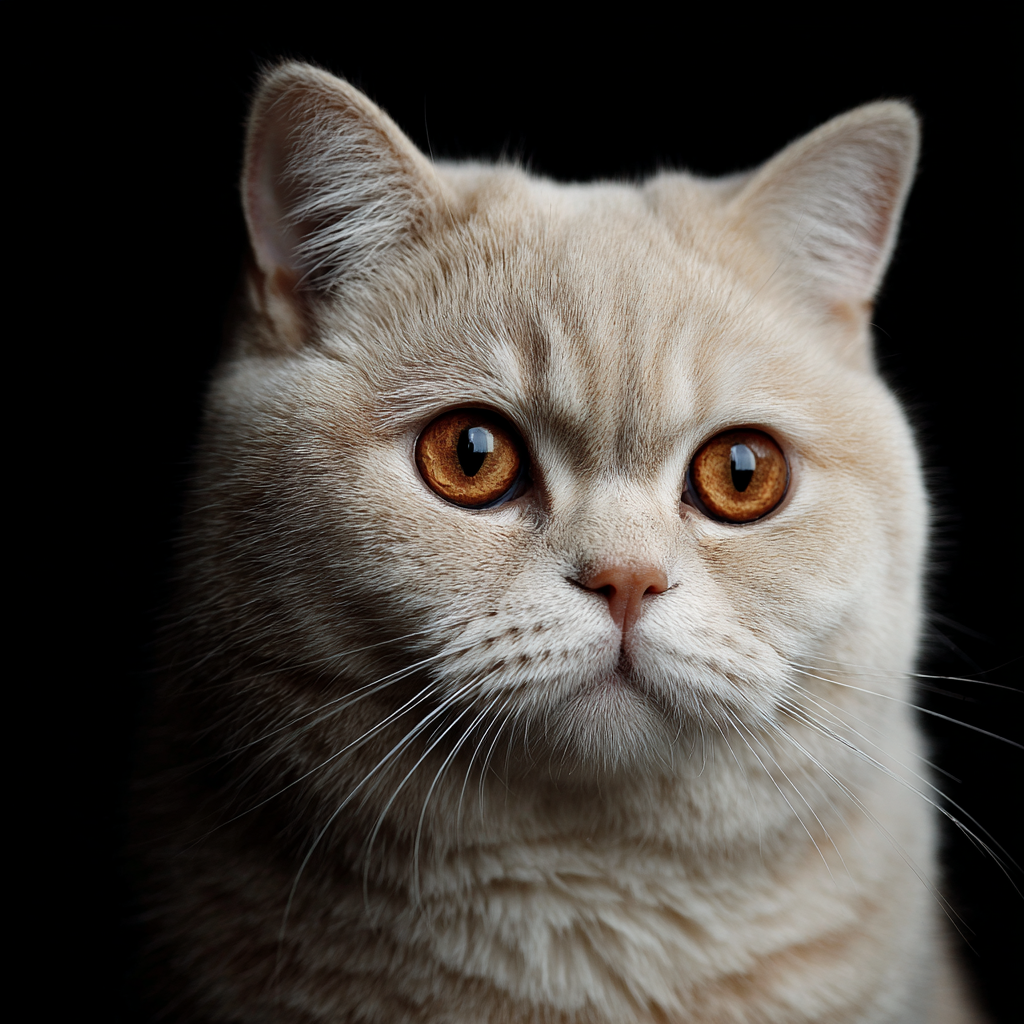
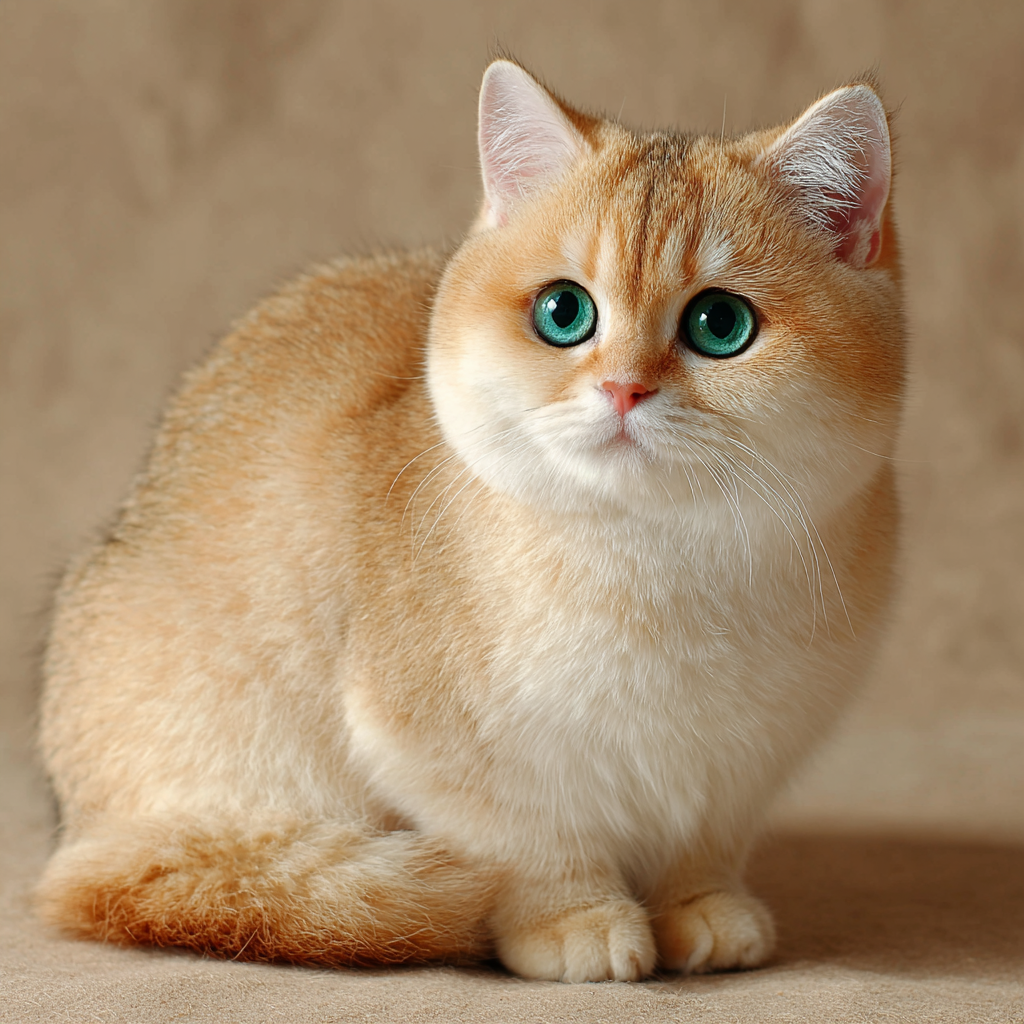
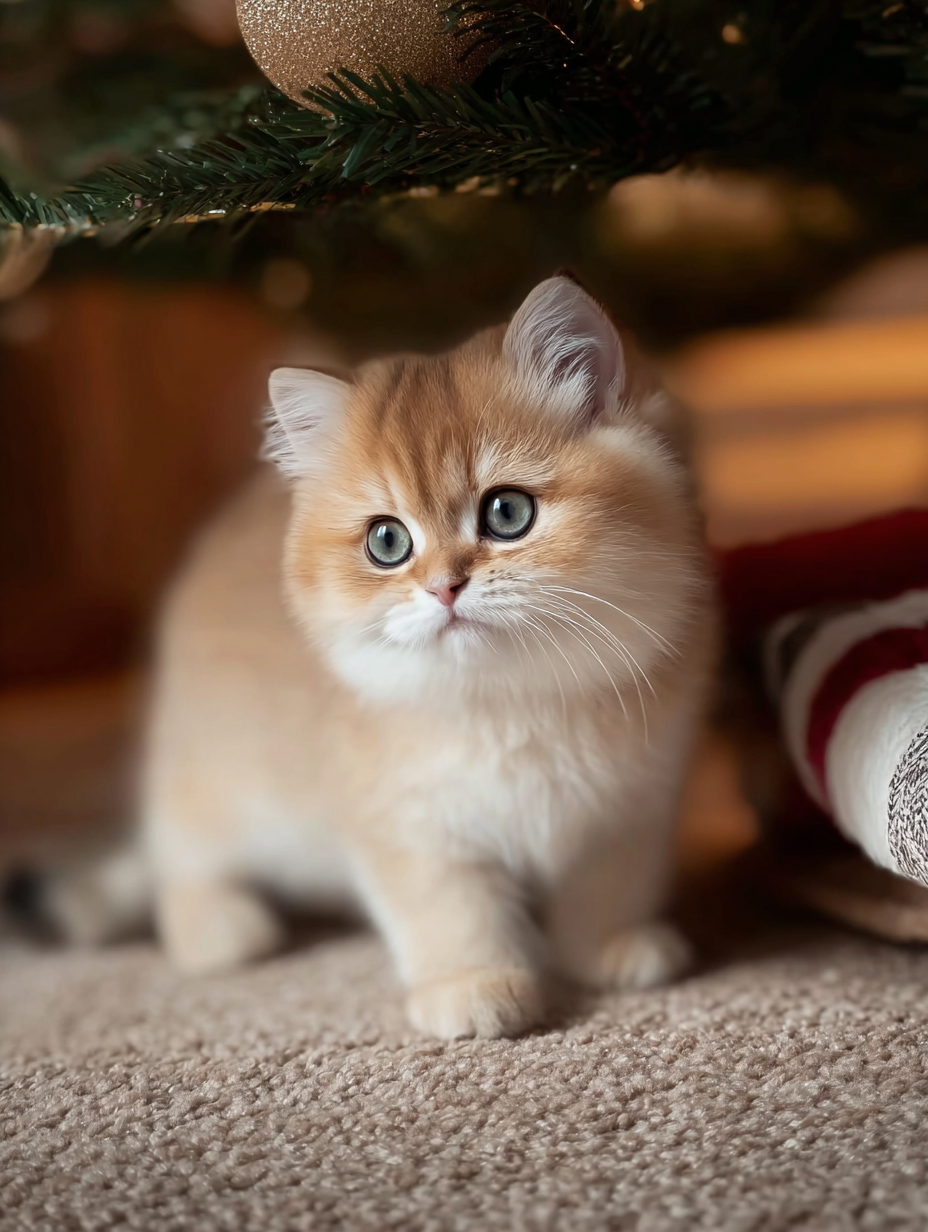
Read the Comments +